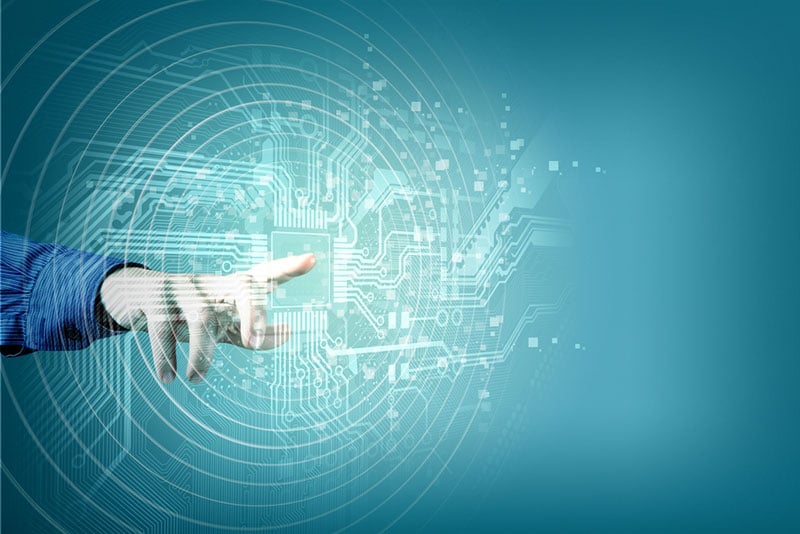
Augmented reality has been a hot topic in packaging recently. In the past, QR codes allowed companies to expand their packaging into the digital realm. Customers with smartphones could scan the code using a specific app and learn more about the product or brand. Now, augmented reality could replace QR code technology and provide even greater opportunities for brands - not just at the point of sale, but afterwards as well.
What exactly is augmented reality? In a TED Talk, famous mobile analyst Tomi Ahonen referred to augmented reality as "the eighth mass medium." It uses technology to enhance reality as we know it. According to Packaging World, augmented reality is a place on the continuum between reality and virtuality. Generally, this refers to a real image with an overlay of digital information. For instance, someone might take a picture a building and, using an augmented reality app, learn about real estate listings for this property. It's easy to see how this technology could enhance packaging. Using augmented reality apps, companies can add new dimensions to packaging that aren't possible through 3-D design alone.
Greater engagement and information
Gaming and other engagement tactics are the most notable uses of augmented reality in packaging so far. By working with companies that produce augmented reality experiences, companies are creating new ways for customers to engage with products. Take Pepsi, for instance. In 2013, Pepsi partnered with the National Football League for a campaign around the Super Bowl. Consumers were invited to scan the packaging using a smartphone, which led to an interactive digital environment. One feature of the experience was the ability to pose with a favorite NFL player and take a photograph, Fast Company reported.
Some brands also combine this approach with quick access to information and resources for customers. For instance, in addition to providing games as Pepsi did, businesses can provide nutritional information, recipe ideas or coupons. Cosmetics companies like Sephora are using augmented reality to give customers a less messy method to "try on" different products before buying them. Customers can select different shades of makeup and see the results on an augmented mirror that uses real-time 3D facial tracking. This trend could someday make its way to the packaging world via mobile phone cameras.
Applications for pharmaceutical
Many companies are subject to regulations that require them to have a certain amount of information on the packaging. This requirement can hamper businesses when it comes to design. Extended literature and peel-off labels are good solutions to this problem, but in the future, could augmented reality play a role? Some people think the answer is yes. A case study from Catchoom, an augmented reality provider, and Almirall demonstrated how augmented reality could be useful for patient education. The Barcelona-based pharmaceutical company used augmented reality to provide patients with additional information, including educational videos and advice, regarding its products.
One of the most exciting things about augmented reality is that it gives packaging designers an opportunity to be even more creative, providing another tool for them to experiment with.
Helping packaging perform
As Packaging World pointed out, packaging needs to do more than ever before. It's no longer simply a vessel to carry a product from point A to point B. It's a way for brands to engage with shoppers throughout the customer lifecycle. Companies will likely put more money into packaging as traditional ad spend declines. This means the packaging will have to perform. Luckily, augmented reality isn't just useful for packaging, but for packaging development as well. When companies are worried about the shelf impact of their products, they can use augmented reality to gauge how the product will actually look once it's on the shelf and surrounded by competitors and make adjustments to the design as needed.
Augmented reality is still relatively young, but it could have great applications in packaging that have yet to be seen. Augmented reality gives customers an opportunity to engage more deeply with packaging that sometimes has a short life span once it's been purchased. It helps businesses provide customers with information they want and need when making a purchasing decision. Not only does augmented reality provide an opportunity to present customers with an extended experience beyond the packaging itself, but also this technology could provide an opportunity for more effective packaging development.


